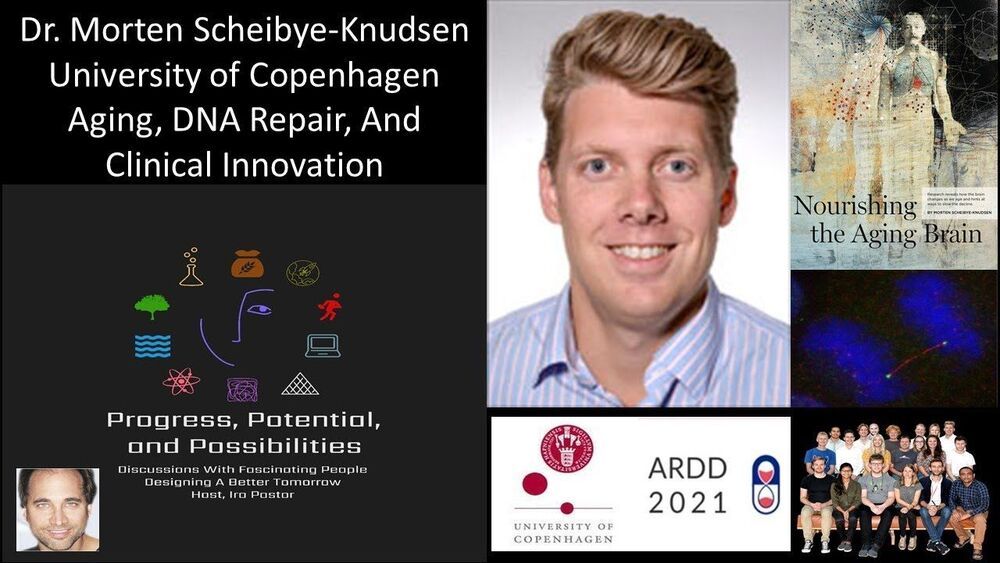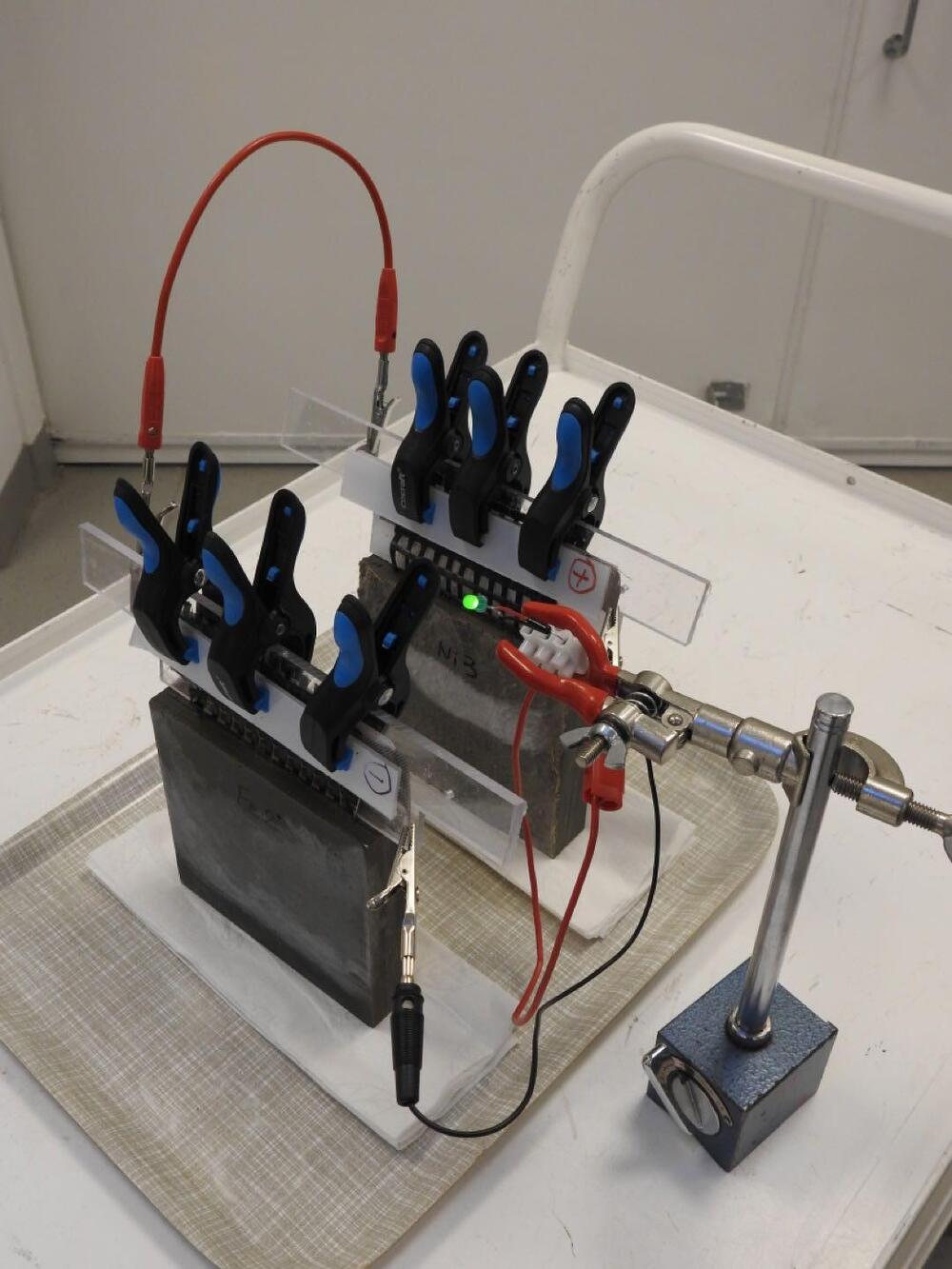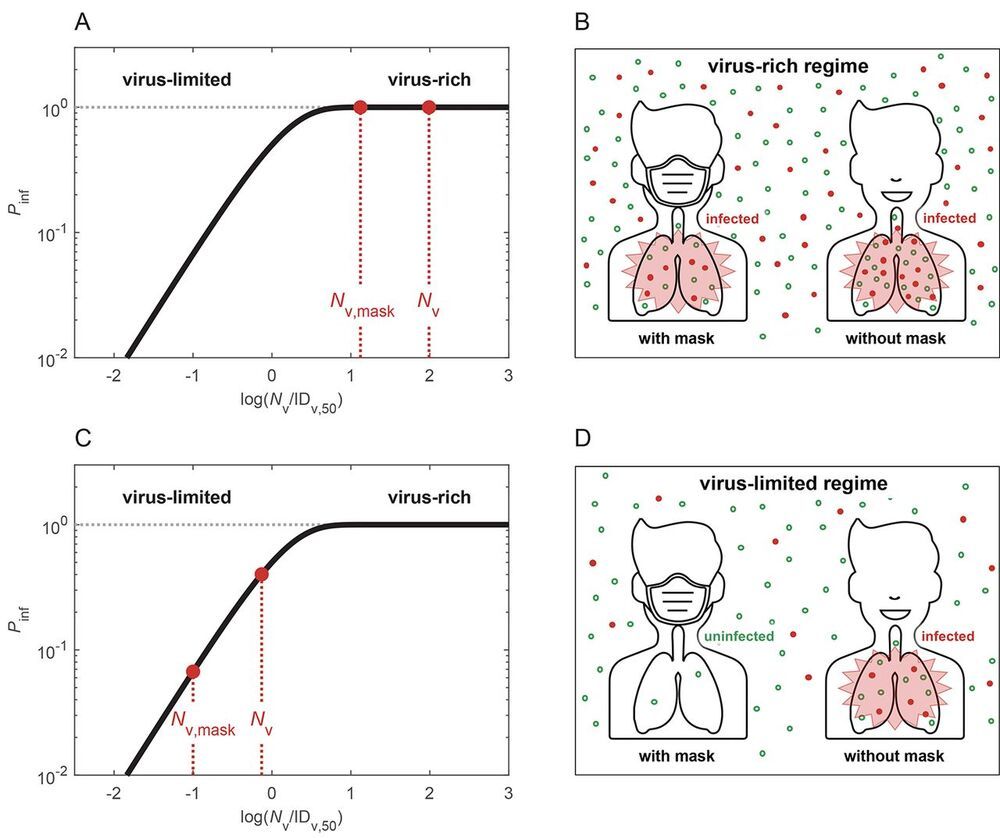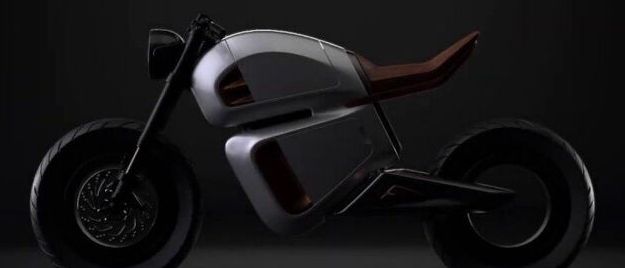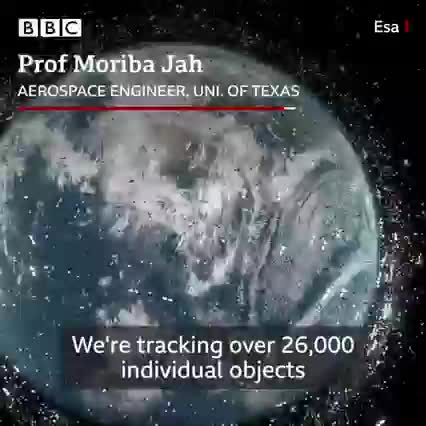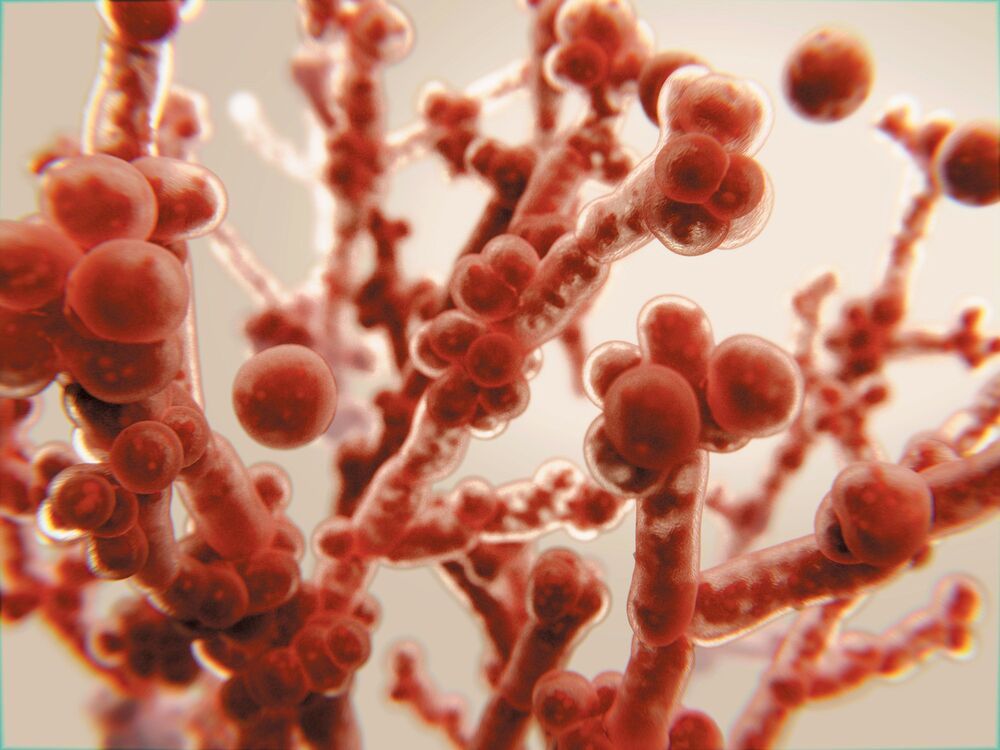May 20, 2021
HALO & HARC Balloon Launched Hybrid Rockets with Bill Brown
Posted by Greg Allison in categories: habitats, space travel
See how we developed Hybrid rockets and launched them from high altitude balloon initially with the Huntsville Alabama L5 Society (HAL5)‘s High Altitude Lift-Off (HALO) Program and later with our High Altitude Research Corporation (HARC). See our Balloon Launch Return Vehicle (BLRV) and our HARC Cheap Access to Space (CATS) Prize rocket. Hear some of our war stories from these adventures. A balloon launched rocket is known as a rockoon.
Watch next week for a related interview, The Inside Scoop on Virgin Galactic with Tim Pickens.
Continue reading “HALO & HARC Balloon Launched Hybrid Rockets with Bill Brown” »


